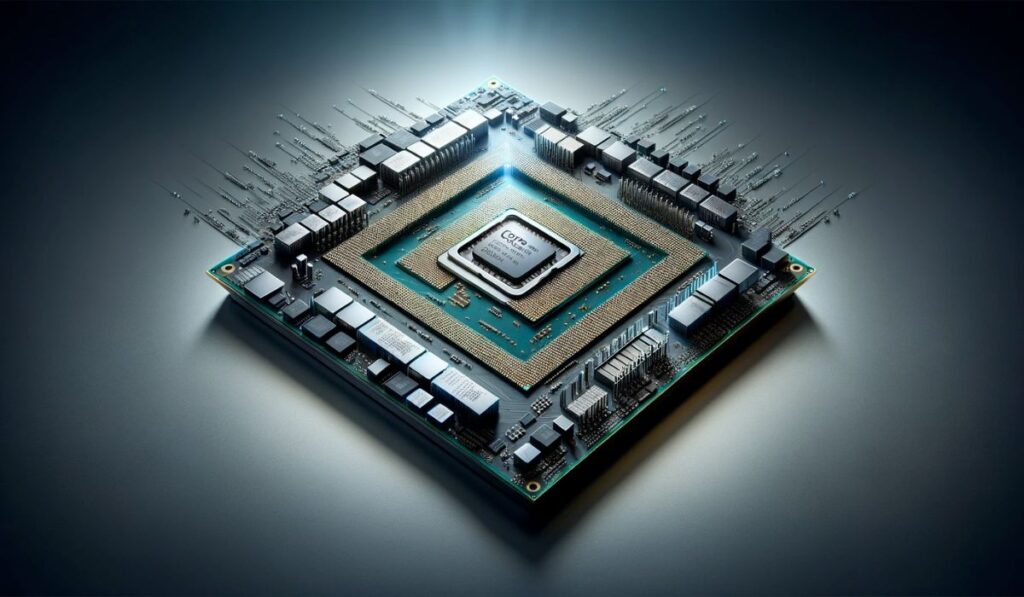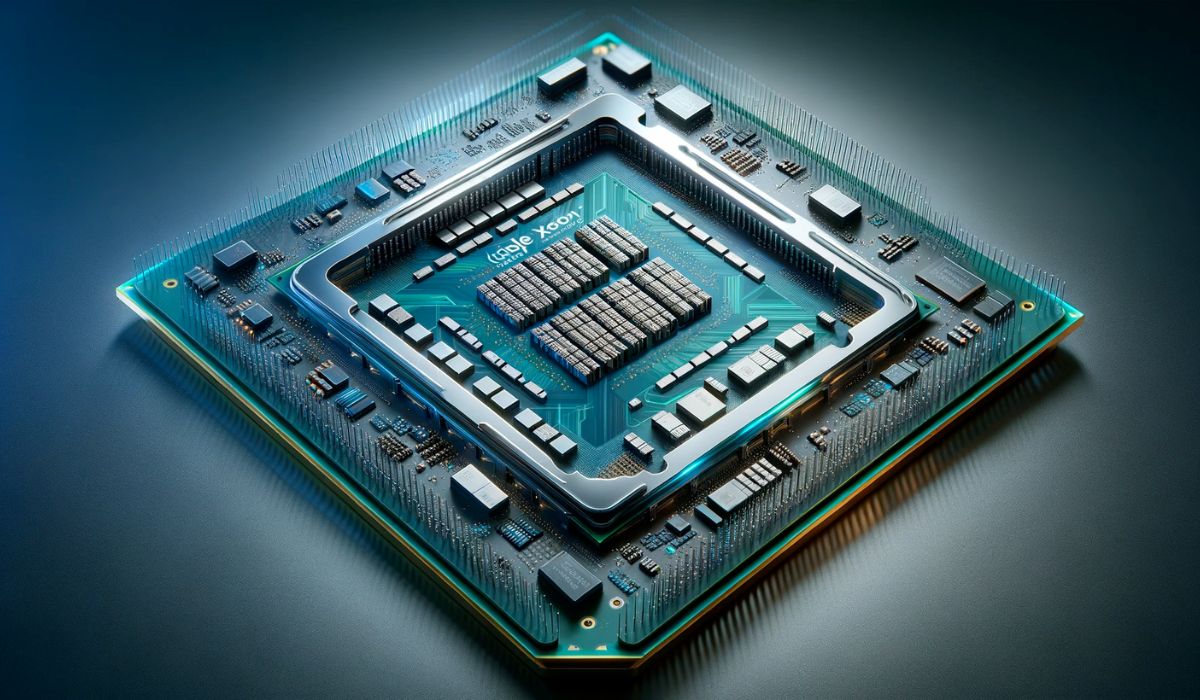The Evolution and Impact of Intel Core and Xeon Processors
The Intel Xeon and Core series represent two distinct yet complementary pathways in the evolution of central processing units (CPUs), catering to different segments of the computing market. While Intel Core processors are widely recognized for personal computing, Intel Xeon CPUs are tailored for more demanding environments like servers and professional workstations.
Intel Xeon: The Powerhouse for Servers and Workstations
Intel Xeon processors are designed for non-consumer workstations, servers, and embedded systems. They boast advanced features such as support for ECC memory, higher core counts, more PCI Express lanes, and large cache memories. Xeon CPUs are particularly known for their enterprise-grade reliability, availability, and serviceability (RAS) features.
Unlike many consumer-grade processors, Xeon CPUs generally have lower clock rates but compensate with a greater focus on parallel task handling, making them ideal for server environments where multiple tasks are processed simultaneously.

Over the years, the Xeon brand has evolved, maintaining its distinct position in the market through several generations of IA-32 and x86-64 processors. Starting from single-core models in the late 1990s, like the Drake and Tanner, to the multi-core models such as Dempsey, Woodcrest, and the more recent Cascade Lake and Cooper Lake series, Xeon CPUs have continuously adapted to the increasing demands of data-intensive applications.
Intel Core: Personal Computing Redefined
In contrast, the Intel Core series is geared towards personal computing and includes popular models like Core i3, i5, i7, and i9. Each ascending number in the brand modifier indicates higher performance levels and, in some cases, additional features like Intel Hyper-Threading Technology. The Core series has also seen significant evolution, with each generation offering advancements in processing speed, energy efficiency, and integrated graphics capabilities.
The naming convention of Intel Core processors is quite structured. It includes a brand modifier (i3, i5, i7, i9), followed by a generation indicator, SKU numeric digits, and a product line suffix, each element providing specific information about the processor’s capabilities and intended use. For instance, suffixes like ‘K’ indicate high performance and unlocked overclocking potential, while ‘U’ signifies processors designed for power-efficient laptops.
A Comparative Perspective
While both Xeon and Core processors are built on advanced microarchitecture principles, their target applications are markedly different. Xeon processors are the backbone of enterprise-level computing, delivering robust performance for heavy-duty tasks like server management, complex data processing, and advanced scientific computations. On the other hand, Core processors bring high-end performance to the general consumer, enabling efficient multitasking, gaming, and content creation.
Future Trends and Developments
As technology progresses, both Xeon and Core processors are expected to continue evolving. We’re likely to see further enhancements in multi-core performance, energy efficiency, and integration with artificial intelligence and machine learning technologies. This evolution will not only cater to the growing demands of data centers and professional workstations but also to the ever-increasing expectations of personal computing users.
In summary, the Intel Xeon and Core series, with their respective specializations, play pivotal roles in modern computing, powering a wide range of applications from personal laptops to the world’s most demanding servers and data centers.
For a more detailed exploration of Intel’s Xeon and Core processors, visit the pages on Wikipedia’s Xeon overview, Intel’s Xeon Platinum Processors, and Intel’s Processor Names, Numbers and Generation List.






